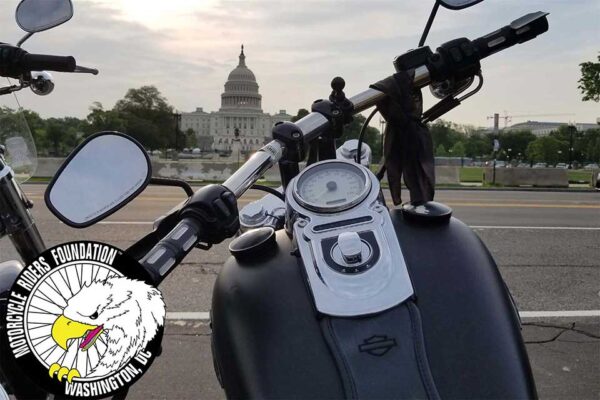Federal Government Finalizes 2021 Crash Data
This month the National Highway Traffic Safety Administration (NHTSA) released its annual report, Traffic Safety Facts 2021: A Compilation of Motor Vehicle Traffic Crash Data. The 225-page report contains information on crash types, causes and participants involved. Remember that while we are nearing the end of 2023, this report is 2021 data. NHTSA spent nearly […]
Federal Government Finalizes 2021 Crash Data Read More »

